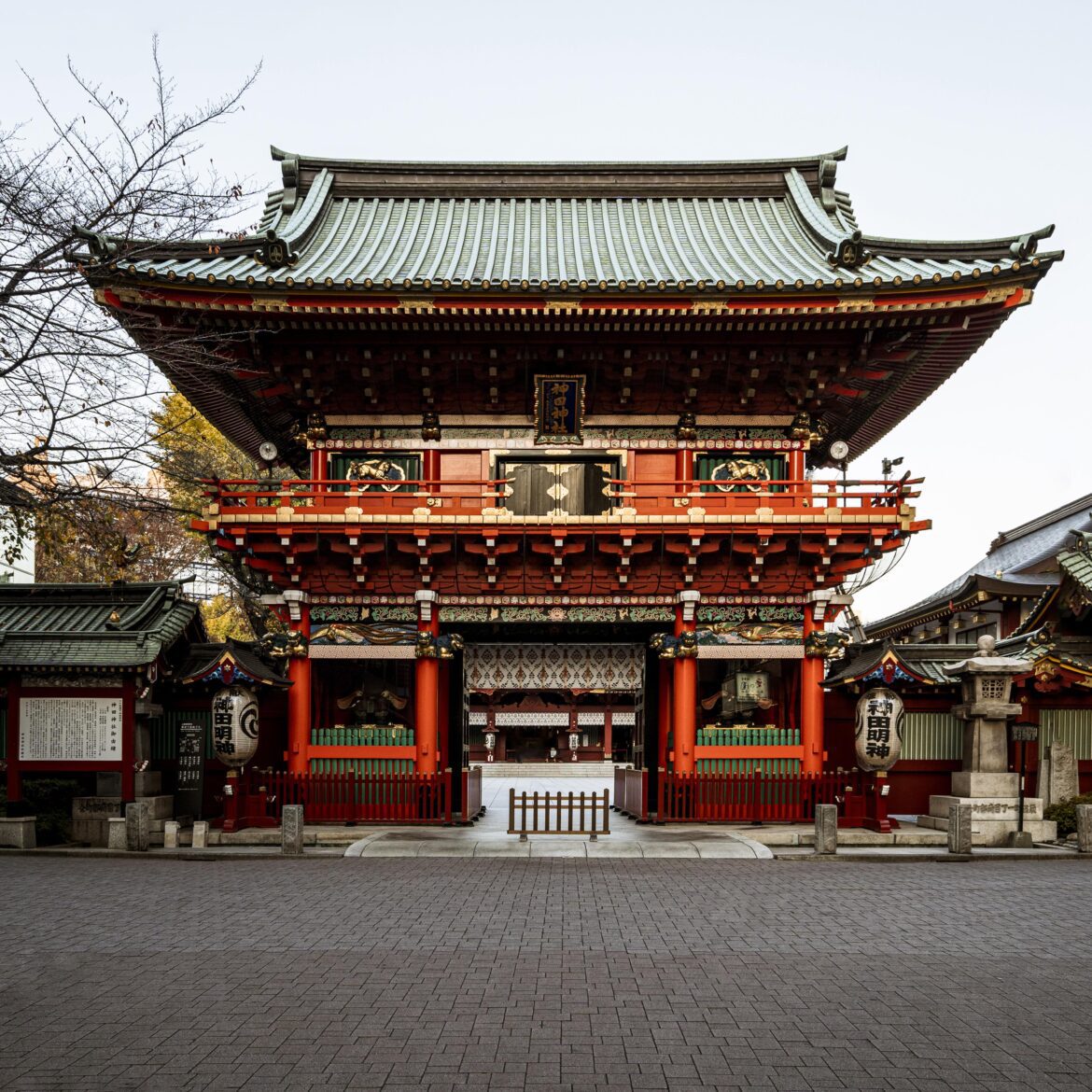Japan, a land of captivating beauty, rich cultural heritage, and deeply rooted traditions, has a history dating back thousands of years. The country has seen the rise and fall of major empires, the blooming of distinct artistic expressions, and the development of awe-inspiring architectural marvels throughout its long and rich history. Many of these ancient treasures still survive today, providing an insight into Japan’s intriguing history. In this blog post, we will travel to some of the most captivating historical locations that continue to interest visitors and experts alike.
The Great Buddha of Nara:
The Great Buddha, also known as Daibutsu, is located in the tranquil city of Nara and is a tribute to the workmanship of old Japanese craftspeople. This massive bronze statue stands 15 meters (49 feet) tall and is housed within the Todai-ji Temple compound. The Great Buddha, which was built in the eighth century, represents the embodiment of Buddhist ideals and is one of Japan’s most recognizable religious monuments.
Kyoto’s Kiyomizu-dera Temple:
Kyoto, famous for its traditional architecture and cultural significance, is home to the magnificent Kiyomizu-dera Temple. This UNESCO World Heritage Site, perched on a mountainside overlooking the city, goes back to the 8th century and offers stunning panoramic views. The temple’s unique wooden terrace, which appears to be suspended in mid-air, is an engineering marvel that has withstood the test of time.
The Magnificent Himeji Castle:
Himeji Castle, also known as the “White Heron Castle” because of its magnificent white facade, is an architectural masterpiece that serves as a symbol of medieval Japan’s military prowess and creativity. This well-preserved UNESCO World Heritage Site is a testimony to the country’s samurai heritage and provides tourists with an insight into Japan’s historical military might.
Hiroshima’s Peace Memorial Park:
While not a classic ancient wonder, Hiroshima’s Peace Memorial Park is historically significant as a striking reminder of the horrific events of World War II. The park is dedicated to fostering peace and acts as a monument for the victims of the August 6, 1945, atomic bombing of Hiroshima. The renowned Atomic Bomb Dome, which miraculously survived the bomb, is a moving emblem of endurance and hope for a better world.
Nijo Castle: The Shogun’s Elegance:
Nijo Castle in Kyoto, built in the 17th century, was the residence of the Tokugawa shoguns during their travels to the imperial capital. The castle is a work of feudal construction, with gorgeous gardens, finely adorned sliding doors, and “nightingale floors” that chirp when someone walks on them, offering an early warning system against intruders.
Conclusion:
We are reminded of Japan’s vast and profound cultural legacy as we journey around its historical places. Each place we visit gives a window into the past, exposing the distinctive stories of Japan’s forefathers, from towering statues to ancient temples, and breathtaking castles to sorrowful memorials. Preserving these old treasures not only helps us understand our common human history but also acts as a link between the past and the present.
In this journey of exploration, we must remember to tread lightly and respectfully, for it is through our appreciation and preservation that future generations can continue to uncover and cherish these invaluable treasures from Japan’s past. Let us embrace the spirit of discovery and respect as we venture forth to encounter the captivating beauty and historical significance of Japan’s ancient wonders.

